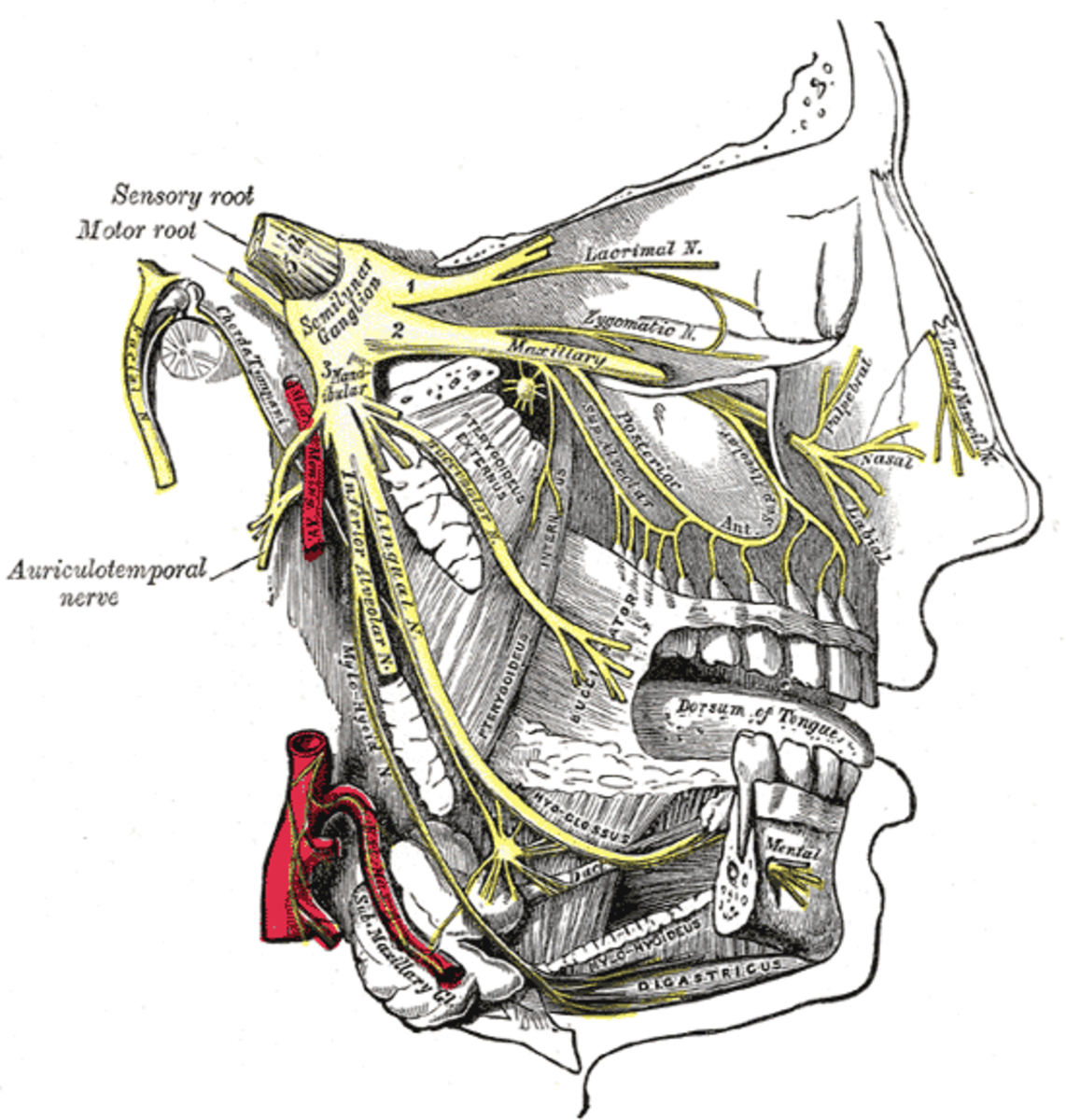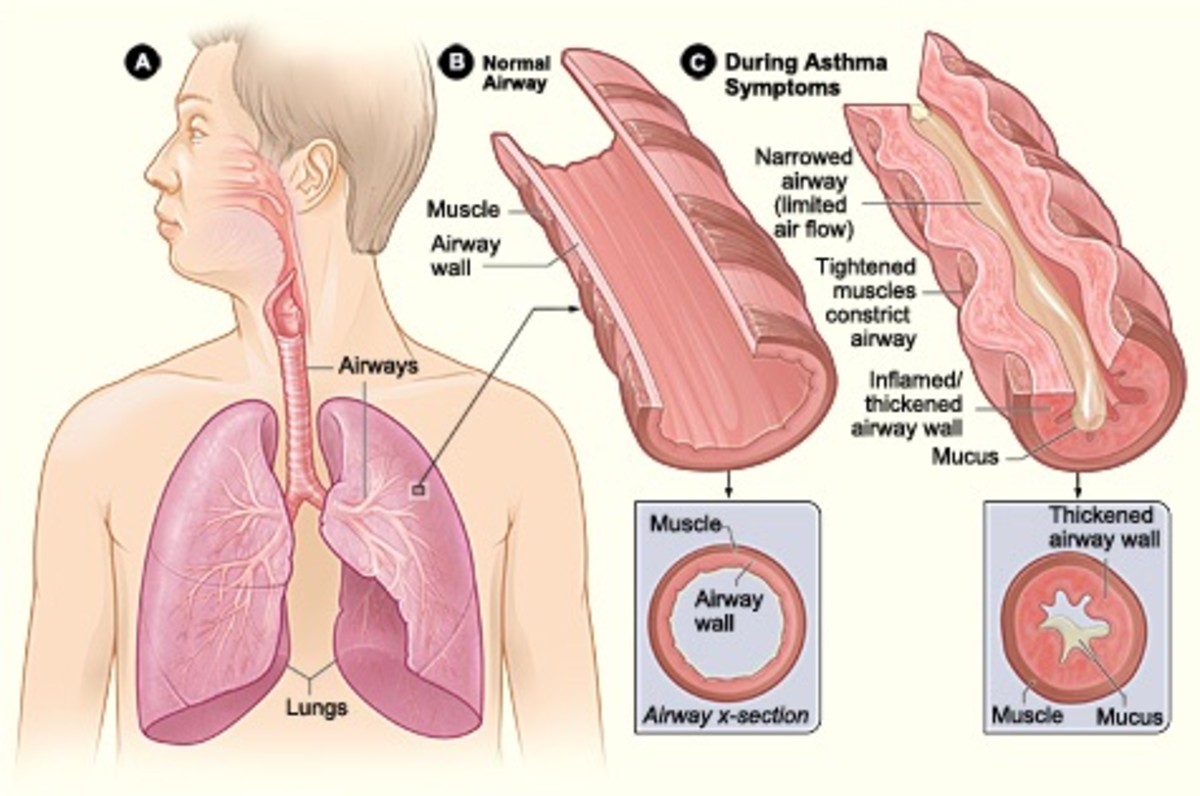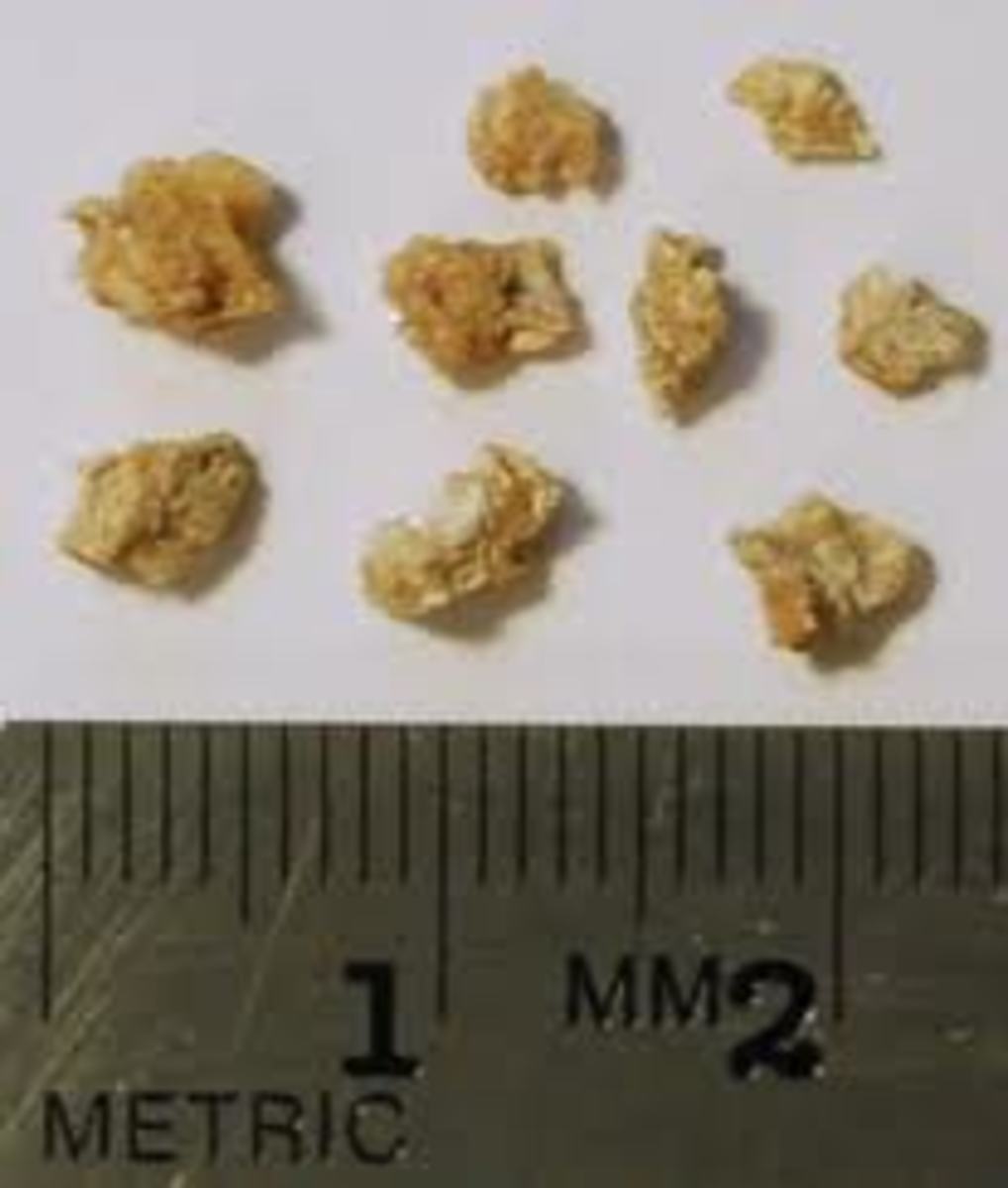Medications Used for Pain Management in Hospice
Pain is one of the most distressing symptoms a person can experience. It is important to know that pain can be controlled and that pain medication given in appropriate doses at appropriate times is safe. In chronic and terminal illness, pain is controlled with both short acting and long acting pain medications.

Disclaimer
This information in this article is not intended to substitute for medical advice from your doctor. It is to be used solely for informational purposes. If you have questions about pain management and pain medications consult your doctor.
Short Acting Pain Medications Used by Hospice
The first step in pain management is short acting pain medication. These are medications that we have all heard of like Vicodin, Lortab, and Percocet. These medications come in a variety of strengths and are designed to control pain for 3-4 hours at a time.
Most of these medications are called combination drugs. This means that they contain two ingredients which are usually codeine or a synthetically developed codeine and acetaminophen (Tylenol) or aspirin. These combination drugs work in two ways:
- The codeine/synthetic codeine works to alter the brain's perception of pain; and
- The acetaminophen (Tylenol) or aspirin works to decrease pain at the painful site.
You need to know:
- Short acting pain medications work for only 3-4 hours at a time. Most doctors will prescribe them to be taken only every 4-6 hours.
- Usually the prescription will read, "Take 1 or 2 every 4-6 hours as needed for pain."
- When you first begin taking pain medication, 1 tablet may be enough to manage your pain. Later, you may find that you need to increase the dose to 2 tablets.
- It is normal in terminal illness to need more pain medication as the illness worsens. Do not be afraid to use the medications as prescribed.
- If you are not in pain, do not take the medication on a scheduled basis (every 3-4 hours). Use it as needed to manage your pain.
- The Golden Rule of Pain Management is: "Pain is whatever the patient says it is, whenever he says that he has it."
What you can do:
- Ask your doctor if he will write the prescription for the medication to be taken every 3-4 hours.
- Use your prescription as written and take either 1 or 2 pills as you need them.
- Remember that you are the only expert on your pain.
Benefits of Pain Management
Long Acting Pain Medications Used by Hospice
Long acting pain medications are designed to manage pain over long periods of time. They are perfect for those who have pain on a constant basis or who "hurt all the time." Because long acting pain medications work for 8 hours or more, those taking them are able to return to a more normal lifestyle and experience fewer interruptions from pain. These medications include:
- Methadone - Methadone is a very effective long acting pain medication. Although it requires dosing 3 times daily as opposed to once or twice, it is actually about 10 times stronger than oral morphine and costs much less. Further, methadone is readily available in tablet and in a concentrated liquid form. This means that methadone has the advantages of being stronger and less expensive than other long acting pain medications. The concentrated liquid form is also allows easy administration of appropriate doses of the medication in a very small amount of liquid. This makes it easier for a patient to swallow.
- MSER (Extended Release Morphine, MS Contin) and Oxycontin - MSER and Oxycontine work for 12 hours at a time. So, they can be administered twice daily and both provide excellent pain management. The simplified dosing schedule makes outings and other events easier to manage. There is no MSER or Oxycontin concentrated liquid available. A concentrated liquid MSIR, Immediate Release Morphine, is available for use when tablets can no longer be taken due to swallowing difficulties.
- Avinza - This pain medication works for 24 hours at a time and is a good choice in a long acting pain medication. It is more expensive than MSER or Oxycontin, but has the benefit of providing pain relief for up to 1 full day.
- Fentanyl Patch (Duragesic) - Known as "the pain patch," Duragesic is pain medication prepared in a patch form which sticks to the skin like a band-aid. The medication is prepared to be absorbed transdermally (through the skin). This medication works for up to 72 hours and can provide extensive relief from pain. It is one of the most expensive pain medications. End of dose failure (pain medication wearing off sooner than 72 hours) can occur and require an earlier administration of a new patch. And, the pain patch is more effective in patients who have some fatty tissue beneath the skin as this aids in medication absorption. Lastly, the pain patch is available in designated strengths and cannot be easily adjusted for a minor increase in pain medication. This can lead to some difficulty in appropriate pain management when an increased dosage is required.
Pain Medications Used by Hospice
Medication
| How Administered
| Dosing Interval
|
|---|---|---|
MSIR (Immediate Release Morphine)
| Oral
| 1-2 hours
|
Lortab, Vicodin, Percocet
| Oral
| 3-4 hours
|
Methadone
| Oral
| 8 hours
|
MSER (Extended Release Morphine)
| Oral
| 12 hours
|
Oxycontin
| Oral
| 12 hours
|
Avinza
| Oral
| 24 hours
|
Fentanyl Patch (Duragesic)
| Transdermal (Through skin)
| 72 hours
|
Most common pain medications used in hospice.

Prevent Constipation with Senna S
Other Necessary Information
- Make sure your doctor is aware of any medication allergies.
- Let your doctor know if you have had any reactions to pain medications and if there are certain pain medications that have worked well for you in the past.
- Expect constipation. Constipation is the most common and probably the most miserable side effect of pain medications. As soon as a pain medication is prescribed ask your doctor how often you will need to take Senna S, the laxative of choice when on pain medications.
- Expect to be sleepy for the first 24-48 after you start taking pain medication and anytime your pain medication dosage is increased. The sleepiness should go away after 1-2 days. If it does not, let your doctor know. The pain medication dosage may need to be adjusted.
- If you are experiencing sleepiness, do not drive and do not operate and heavy machinery.
- If you develop a skin rash, itching or hives, contact your doctor immediately. You may be having an allergic reaction.
Learn About Hospice
- Why to Get Hospice Early
Hospice is designed to be a 6 month benefit. Most people get only 2-3 weeks of care. If started early, hospice can provide a wealth of resources to a patient and family in need. - How Hospice Helps Caregivers
Caring for a dying loved one is physically, emotionally and mentally exhausting. Hospice provides at home support services for caregivers to assist them with coping and with managing daily tasks. - When to Get Hospice Care
Knowing when the time is right for hospice can be challenging. If we pay close attention to cues from the patient or doctor, hospice care can be started at the appropriate time.









